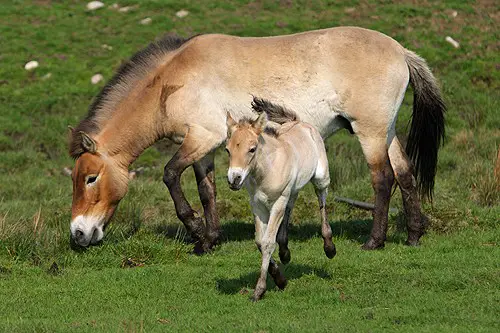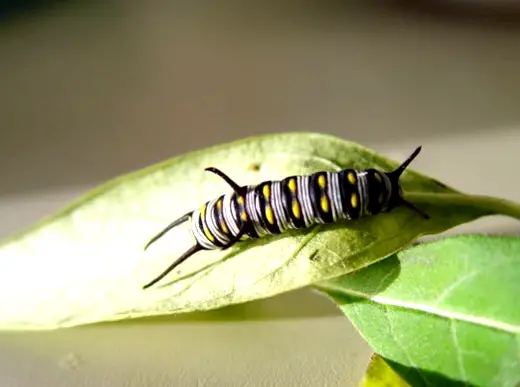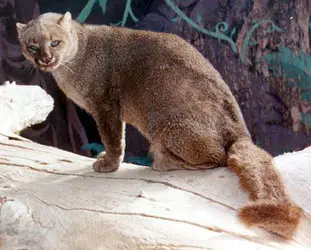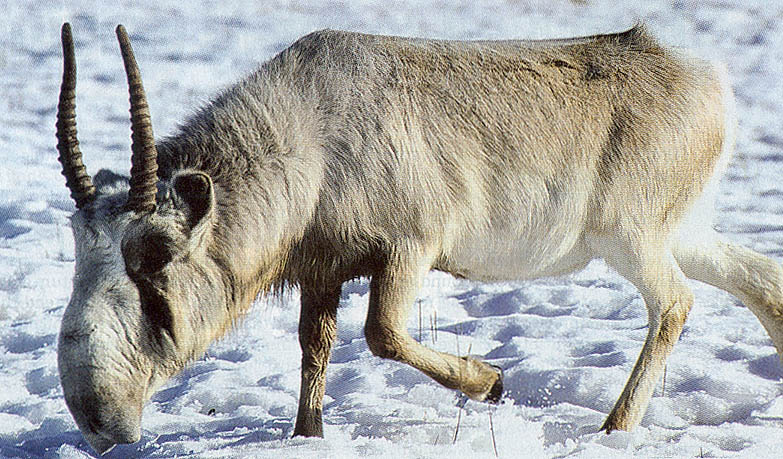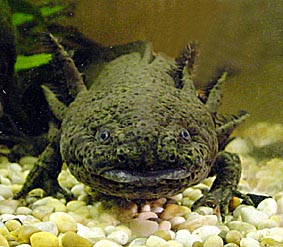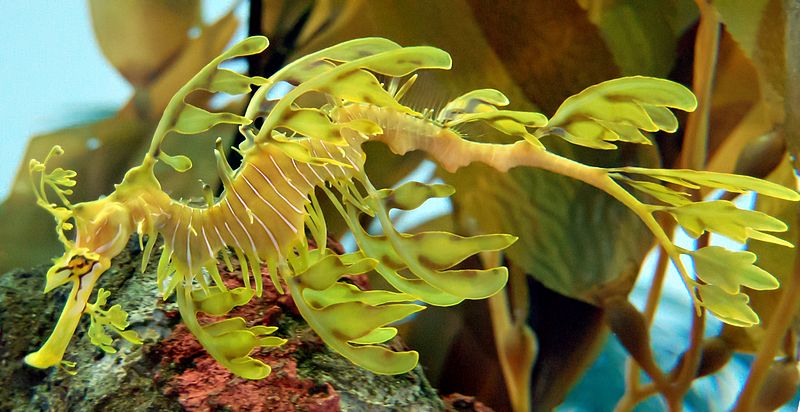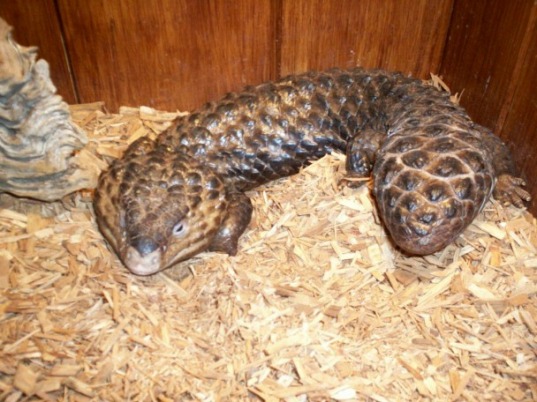The bactrian camel (Camelus bactrianus) is a species of camel. It like other species of its genus, is an even toed ungulate. It is rated as ''Critically endangered'' by the IUCN.
Physical Features
A bactrican camel measures 8 to 11 feet( 2.42 to 3.5 meters) in length, excluding the tail. The tail can be as long as 22 inches (55cm). The height of this camel can range from 6.5 feet to 7.5 feet( 1.96 to 2.3 meters). The bactrian camel weighs more than 600 kilograms. They have legs and a long neck like many animals from its genus. The bactrian camel has two humps on its back. This is why it is also called the two humped camel. The bactrian camel has large eyes and round ears which are small. The have two toes on each leg.
Diet
The bactrian camel is mainly a herbivore. They feed on plant material. A very thirst camel can drink 135 liters of water in 13 minutes.
Distribution and Habitat
The bactrian camel is found in Asia. They are located in the northwestern parts of China and Mongolia. They are also found in remote regions of the Gobi Desert. The bactrian camel may be found in steppes, deserts and rocky scrublands.
Behavior
The bactrian camel is quite social. It lives in herds which are called caravans. These camels are non-territorial. They are diurnal. this means they are active only during the days.
Conservation Status
The bactrian camel is endangered in wild, with a population of about 1000 individuals. Otherwise, these camels have a population of 2 million which has been domesticated.
Source of pic 1
The bactrian camel is quite social. It lives in herds which are called caravans. These camels are non-territorial. They are diurnal. this means they are active only during the days.
Conservation Status
The bactrian camel is endangered in wild, with a population of about 1000 individuals. Otherwise, these camels have a population of 2 million which has been domesticated.
Source of pic 1




